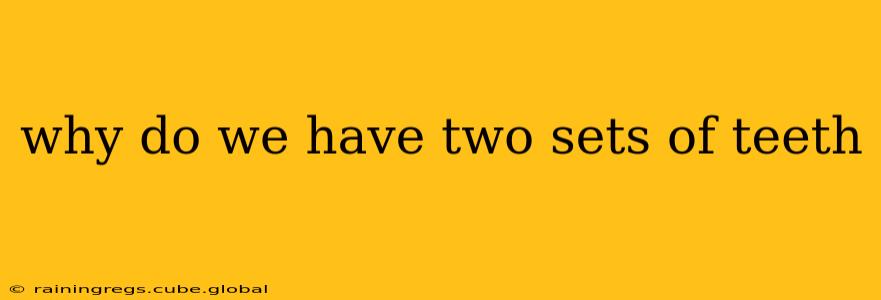Humans, unlike many animals, develop two sets of teeth throughout their lives: deciduous teeth (also known as baby teeth, milk teeth, or primary teeth) and permanent teeth (also known as adult teeth or secondary teeth). This unique characteristic isn't just a quirk of nature; it's a crucial part of our growth and development, reflecting our evolutionary journey and the changing demands placed on our jaws and bodies.
What are Deciduous Teeth?
Deciduous teeth are the first set of teeth to erupt in humans, typically beginning around six months of age and concluding around the age of three. These 20 teeth – ten in each jaw – are smaller and have thinner enamel than their permanent counterparts. Their primary role is to facilitate chewing and speech development during early childhood, when jaw size is still limited. As the child grows, the roots of these baby teeth gradually resorb, allowing the permanent teeth to push them out.
What are Permanent Teeth?
The permanent teeth are the second and final set of teeth. These typically begin to emerge around the age of six, replacing the deciduous teeth. The full complement of permanent teeth consists of 32 teeth – sixteen in each jaw – including molars which didn't exist in the primary dentition. They are larger, stronger, and possess thicker enamel to withstand the increased demands of chewing and biting associated with a more mature diet and the development of strong jaw muscles.
Why Two Sets? A Matter of Timing and Space
The presence of two sets of teeth is a matter of efficient biological timing and spatial constraints. Here's a breakdown:
- Jaw Growth: Our jaws grow significantly during childhood. If all 32 permanent teeth were to develop simultaneously, there simply wouldn't be enough space in the smaller jaws of young children. The deciduous teeth serve as placeholders, providing a functional dentition while ensuring proper jaw development. As the jaws grow, there's ample room for the larger permanent teeth to erupt and take their place.
- Evolutionary Perspective: The two-set system likely evolved as an adaptation to meet the changing dietary needs of humans. Our ancestors likely had simpler diets, and the primary dentition was sufficient. However, as diets evolved and became more complex, a stronger, more robust set of teeth became necessary for efficient chewing and processing of food.
- Development and Learning: The eruption of primary teeth allows for the development of important skills like chewing, speech, and facial muscle coordination. These skills are refined and perfected as the child progresses to their permanent dentition.
Why do baby teeth fall out?
The roots of the baby teeth are gradually absorbed by the body, making the teeth loose and ultimately leading to their natural exfoliation. This creates space for the incoming permanent teeth.
What if a baby tooth doesn't fall out?
Sometimes, a baby tooth may not fall out as expected, potentially hindering the eruption of the permanent tooth underneath. If this happens, a dentist should be consulted.
What are the different types of teeth?
Both deciduous and permanent teeth include incisors (for cutting), canines (for tearing), premolars (for crushing and grinding), and molars (for grinding). The permanent teeth also include wisdom teeth, which erupt much later in life (often in the late teens or early twenties).
What happens if I lose a permanent tooth?
Losing a permanent tooth is a serious matter. It's crucial to seek dental care to prevent further complications and explore options like dental implants or bridges to replace the missing tooth.
In conclusion, the evolution of two sets of teeth represents a sophisticated biological strategy that allows for efficient jaw development, improved masticatory function, and the development of crucial oral skills in humans. It’s a testament to the elegance and complexity of human development.
